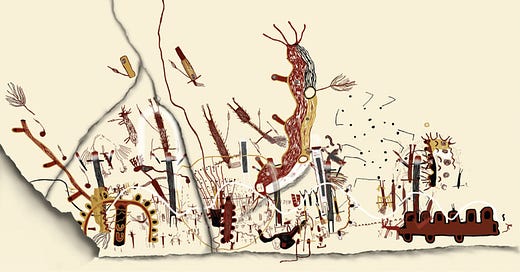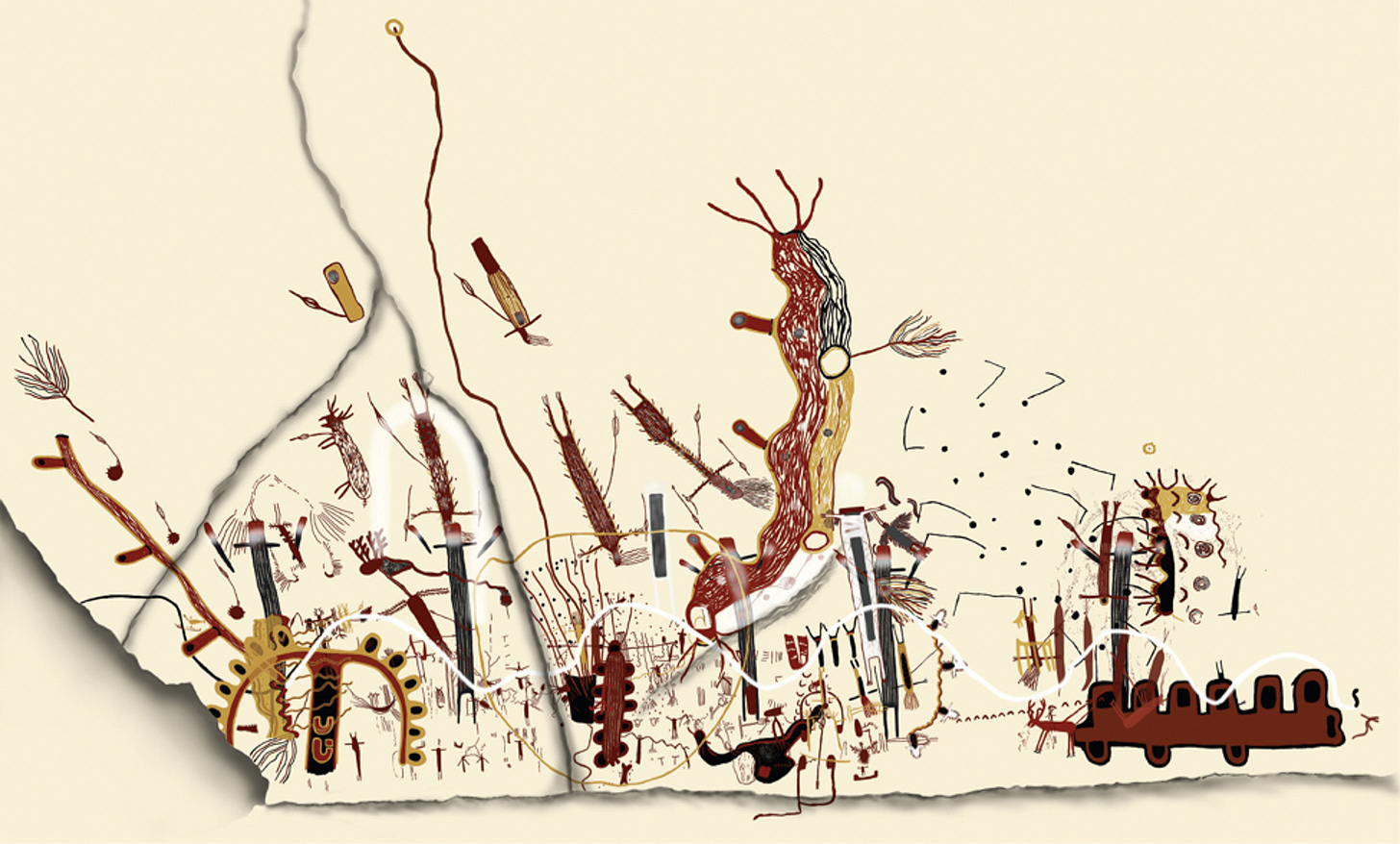The White Shaman—possibly my favorite subject to make fun of in fiction as seen here: The Story of White Water: A White Guy with a Sweat Lodge.
The story is fiction but based on real white guys in Montana who brand themselves as Native American-style medicine men and with whom I’ve sat. Gentrification has brought a flood of these types to Montana, a truly bizarre side effect. For $995 you can book a half-day energy retreat in Bozeman with Yoga, smudging and a cacao ceremony. A $20 donation will get you into a sweat lodge with a white guy in Paradise Valley.
When I lived on Rocky Boy’s Reservation, I took a class at Stone Child College with an old man who said profiting from spirituality or sacred plants was a hard no for him. He didn’t care how much money he was missing out on—he said he didn’t want the karmic debt, which he believed would be passed down to his children and grandchildren. Sometimes that old squirrel would tease me too hard or hit on me, so I teased him that I’d bring a group of beautiful, half-naked white women to camp in his yard and worship him. Based on what’s happening in Bozeman these days, it was not an empty threat.
When I think of the idea of the white shaman, I think of a hopeful fellow student I met during a Chacruna class I took called Roots of Psychedelic Therapy: Shamanism, Ritual and Traditional Uses of Sacred Plants. The hopeful student was obsessed with the Pecos Valley white shaman mural, which some bro psychedelic influencers cling to as historical evidence of and even justification for their appropriations.
But a female archaeologist and artist who has worked at the site for years argues that the alleged white shaman figure in the mural is actually a headless moon goddess who saves humanity from a great flood using a dugout canoe. You can read more about Carolyn Boyd’s research here: Texas Archaeologist Cracks the Code of a 2,000-Year-Old Mural. Unsurprisingly, the bro psychedelic influencer interpretation of the mural lacks the complexity of Boyd’s research. (Just to be clear, I believe we’re all appropriators, but it’s up to us to determine to what extent we have become exploiters. It seems a particular crime to rob the complexity of ancient art to make it fit a dominant culture narrative.)
Those who look to the white shaman mural as historical evidence for their own cultural appropriation practices confuse me because not only is their interpretation of the mural too simplistic, but I’m not entirely sure what they are seeking. The word shaman is itself a weird appropriation from a Siberian language, and so it very well could have referred to someone we would see as white in the United States. (Etymology of "shaman") It’s almost as if they are seeking justification for an idea or identity that isn’t real historically but something created by dominant culture as the indigenous healer identity becomes radically profitable, especially in the psychedelic space.
Sandor Iron Rope, a member of the indigenous peyote conservation initiative who spoke during Chacruna's course on shamanism, described white shaman hopefuls as people who "want to have a connection to a tribal identity but don't want to be part of a tribal community."
"These tropes are eaten up by popular culture," he said. "People need or want to incorporate them into their identity, but what they are doing is a parody of another culture."
As the shaman character in my novel says, “In many ways the shaman is a figment of the white imagination.”





Don't even get me started. 😂
I first came across Carolyn Boyd twenty years ago as I was about to start a novel based on a Native American creation myth. She had just started her Shumla Center and I planned to visit and pick her brain about the symbolism of these amazing pictographs. I was intensely interested in the culture of the Lower Pecos because of their habitual peyote consumption, which I figured naturally endowed their art with some ancient wisdom about human consciousness - my true subject and interest. I had read that dried peyote buttons had been found at some sites, over a thousand years old, and still capable of delivering a chemical reaction with the brain. Alas I never went since I was involved in a mining deal in Riverton, Wyoming and decided to go with Eastern Shoshone mythology instead. A lot closer.
Not to miss the point, however, is the immense value of Boyd's work, especially in light of increased contemporary acceptance of hallucinogenics for psychiatric disorders. Can we truly take back our culture from the pharma industrial complex? Only by returning to these sorts of roots to find the truth about human consciousness.